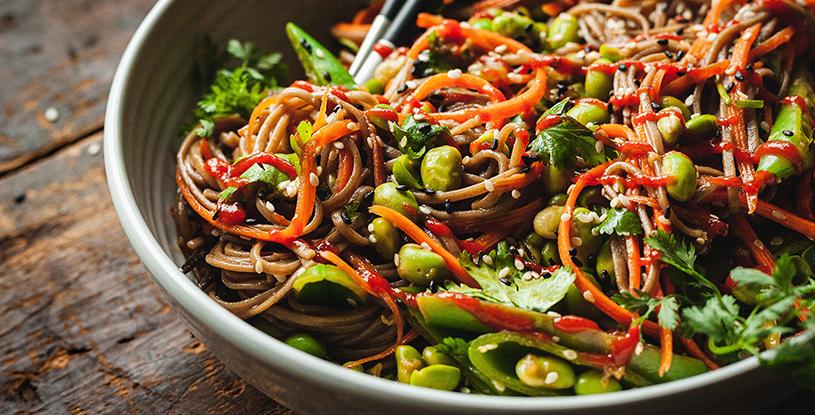According to a study by Maru/Matchbox, 69 percent of millennials take a photo (or a video) of their food before eating it! Foodstagramming hasn’t just changed the way we see food, it’s changing the food and restaurant industry completely, as restaurants and food producers are rethinking everything from their offerings to their décor – all for the ‘gram.
One of the ways restaurants and food influencers are standing out in feeds is by creating foods that have bright and bold colors that jump off phone screens. But, where do these colors come from? Are these colorful concoctions healthy? There’s a lot more to consider than just adding food coloring to a recipe.
Good thing we have a few expert food scientists on hand to chime in on this topic. We asked our Food Technology Manager Sarah Gutkowski what’s hot and what’s not in food colors.
What are some trends in food colors that you’ve noticed?
The big thing right now is natural (not artificial) colors that still provide a bright hue/color and last throughout processing and shelf life. There’s been a lot of innovation in colors because today’s consumers are more inclined to purchase foods labeled “no artificial colors/flavors.”
Why does a food’s color matter?
Sensory perception. The majority of consumers won't purchase or consume something that doesn't look appetizing. Appearance is the first impression of quality.
Does changing the color of a food hinder any of its other properties?
It can. For instance, adding acidic ingredients such as vinegar lowers the pH and can change the color of some food products. For example, red velvet cake originally acquired its reddish tint because of the chemical reaction when non-alkalized cocoa powder is combined with baking soda and acidic ingredients like vinegar and buttermilk. So, if you use vinegar to make the red velvet cake redder, you might notice a slight vinegar taste. An acid-base balance is important in baked products to obtain a good volume. If you are adding more acidic or basic ingredients to change the color of the product, the volume may be affected. The acid-base balance is important for leavening properties for volume.
Are colorful foods healthy?
They certainly can be. There are a lot of great-looking and great-tasting foods out there that are flavored and colored naturally. Alternatively, some studies have found certain synthetically made colors may not only be unhealthy, but may even cause health problems. So naturally colored foods like carrots, blueberries and tomatoes are what you want to load your plate up with.
And one thing to remember…some of the healthiest foods have really bland colors, like oatmeal, whole wheat breads, quinoa, etc. So, color doesn’t always mean everything.

